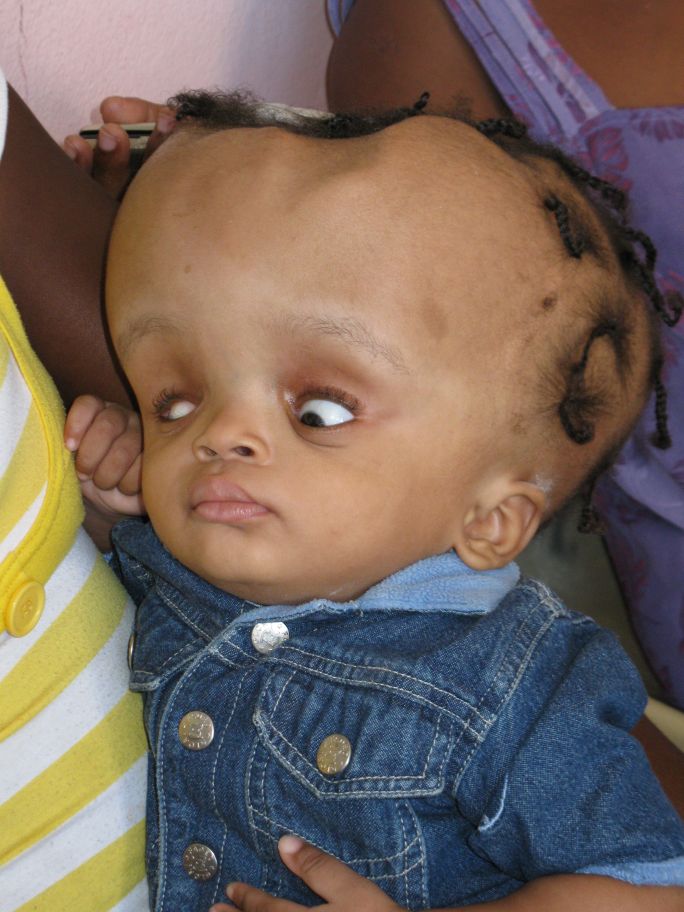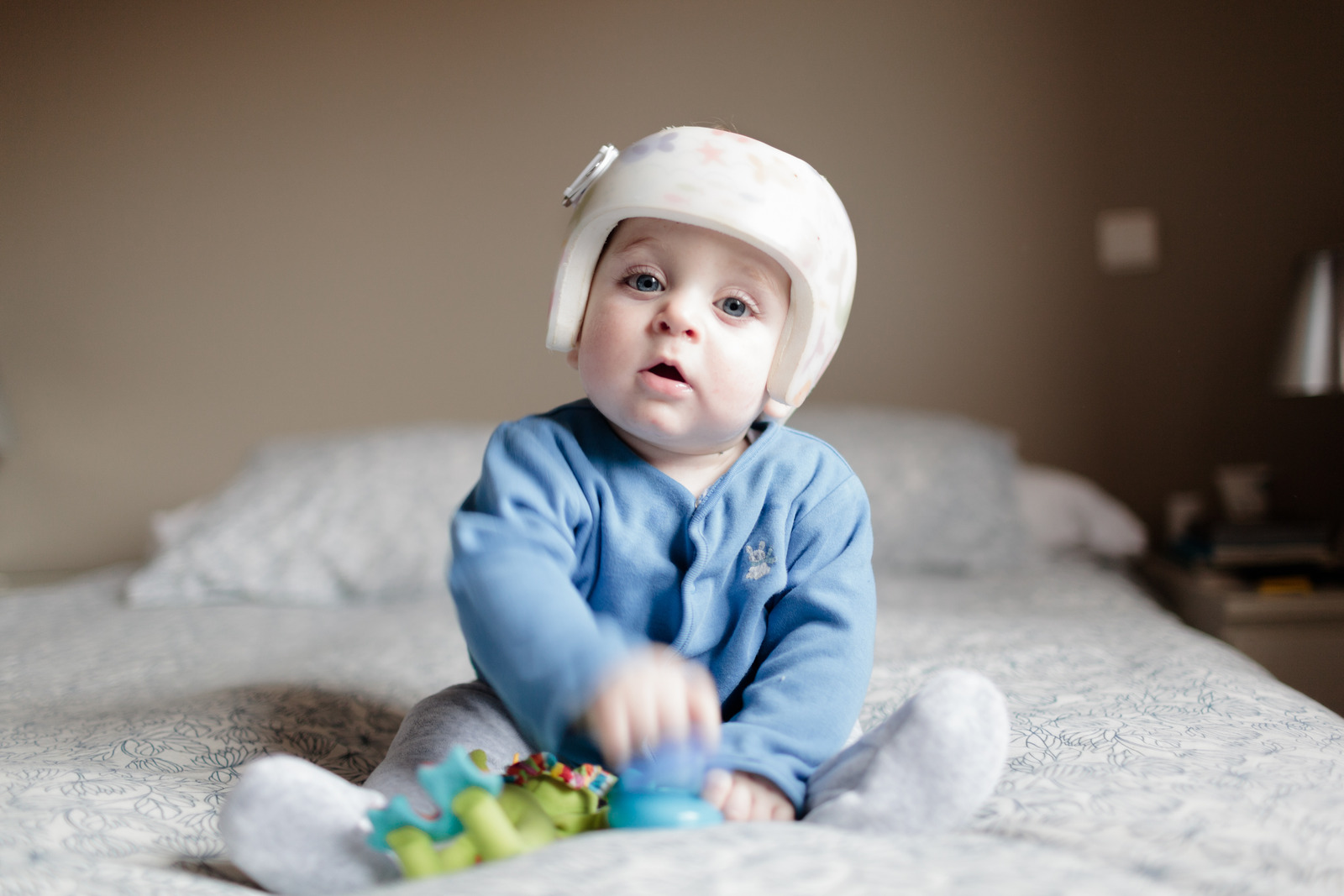

If there is no improvement in a few months then children with positional plagiocephaly may need treatment with a molding helmet or head band such as the Dynamic Orthotic Cranioplasty Band (DOC Band ®). DOC Band ® is used to help reshape the head. Mild deformities will usually correct on their own with these measures. You should also try and keep him on his stomach for "tummy time" during the day when he is supervised. Sometimes moving the child's crib so that it is facing another direction, or moving his toys or mobile will encourage him to turn his head.

If the diagnosis is uncertain, then your doctor may order skull x-rays, a CT scan, or a MRI to see if the sutures are still open.Ĭhildren with positional plagiocephaly are usually first treated by keeping them from lying on the flattened side of their head.

Also, with positional flattening, the forehead will be prominent or have bossing (meaning it will be bulging outwards) on the same side of the skull that is flattened in the back. Children with posterior flattening caused by craniosynostosis will have the ear displaced toward the area of flattening. Some clues on examination that would favor a diagnosis of a positional deformity include that your child’s ear on that side of his head will be displaced away from the area of flattening. Your doctor can usually tell by examining if the flat head is caused by positional plagiocephaly or by closure of a suture. It is important that your child with a flat head be examined by his pediatrician to make sure that he doesn’t have craniosynostosis, a rare but more serious condition that usually requires surgery to correct. However, “The Back-to-Sleep Program” has lead to a large decrease in the number of children that die from Sudden Infant Death Syndrome (SIDS), so it is recommended that parents continue to place their infants to sleep on their backs, but it is best to vary the sleeping position to prevent flattening. Recently, the American Academy of Pediatrics speculate that plagiocephaly is partly caused by newborns and infants sleeping on their backs. This may result in ear asymmetry best seen from above when looking down on the head.Īlthough rarely associated with craniosynostosis, or a premature closing of the lambdoid sutures of the skull, plagiocephaly is most commonly caused by the position in which the baby spends most of his/her time. A condition called torticollis, which is a deformity of the same neck muscle called the sternocleidomastoid muscle, also creates this abnormal stress on the lower portion of the skull. This is the result of asymmetric muscle stress on the lower portion of the skull called sternomastoid imbalance. In addition to a flat head, the child may also have ears that do not line up. It is easiest to see the flattening by looking down on your child’s head. This usually occurs on one side of the back of the head (posterior plagiocephaly). Plagiocephaly is a condition in which the head of an infant becomes misshapen.


 0 kommentar(er)
0 kommentar(er)
